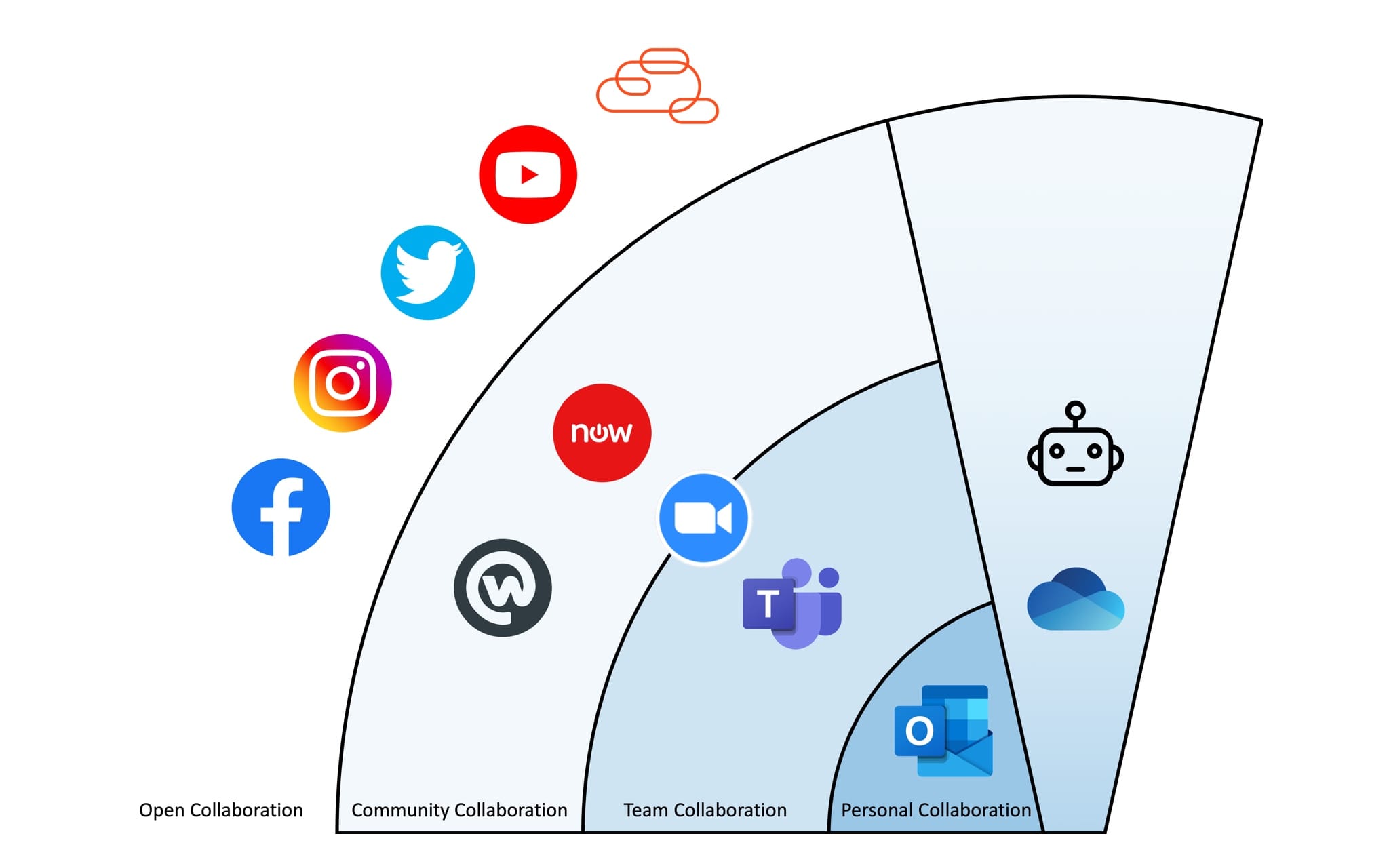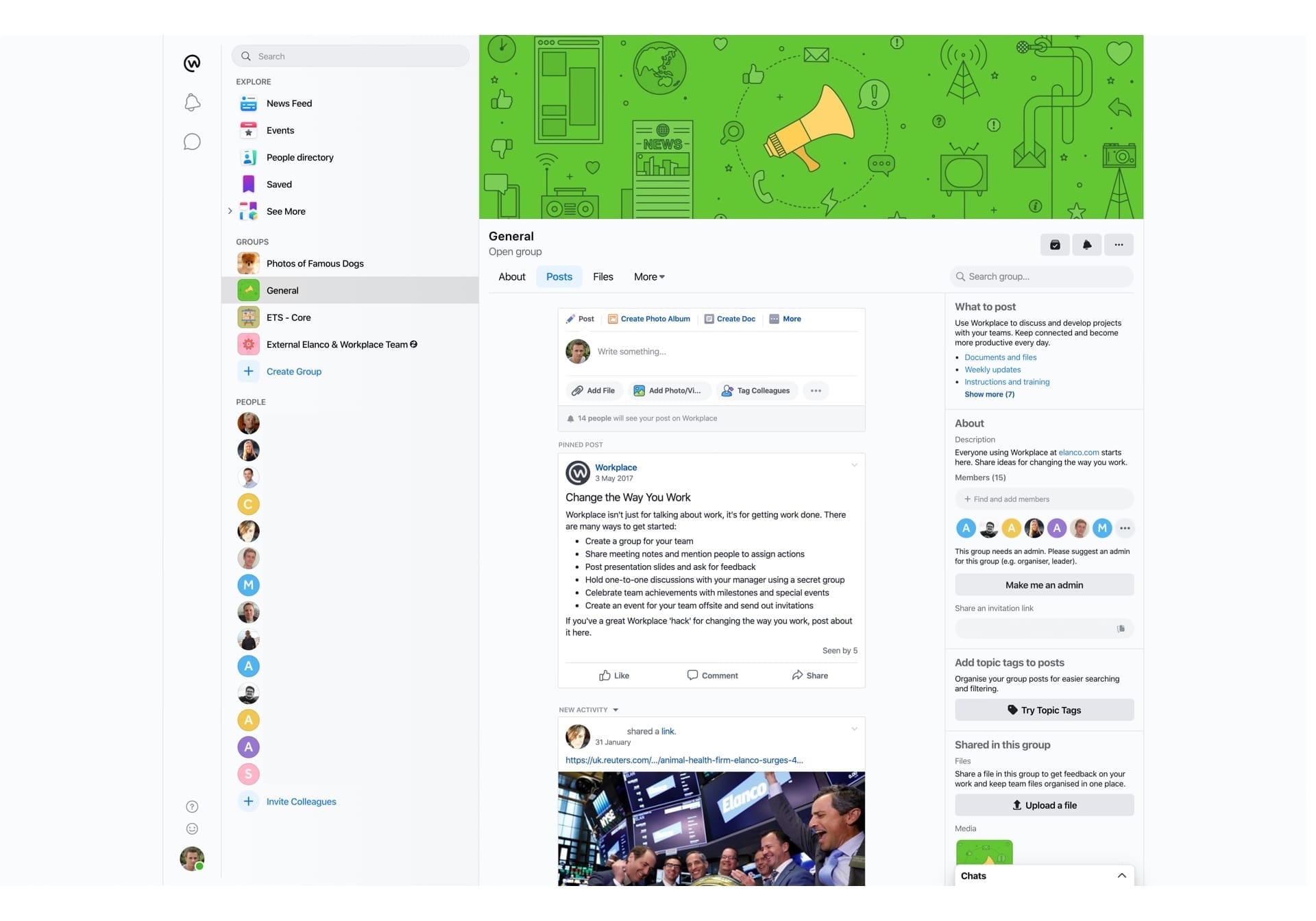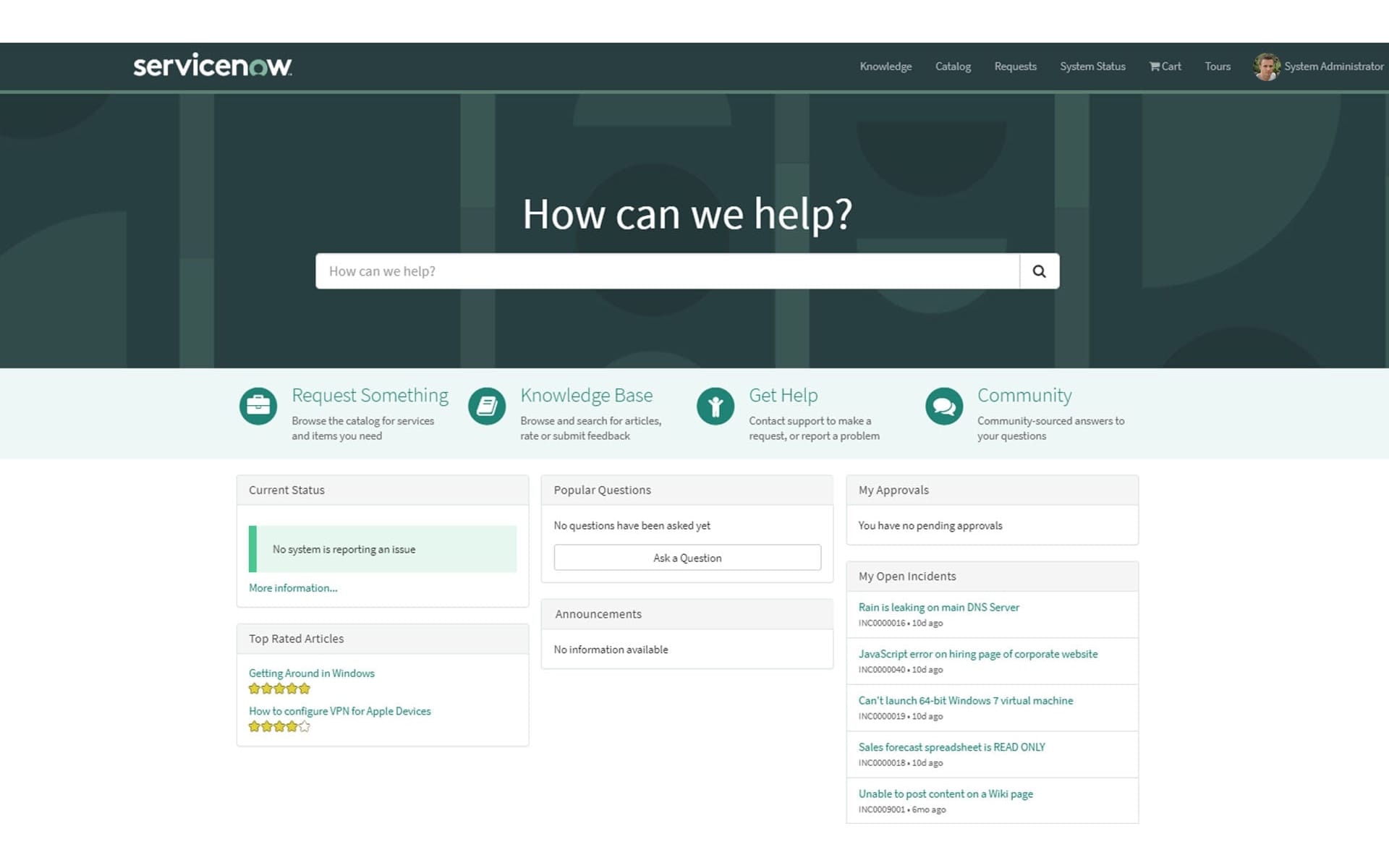Unified Communications
This article is part of a series. I would recommend reading the articles in order, starting with “Modern IT Ecosystem”, which provides the required framing.
- Modern IT Ecosystem
- Service Delivery
- SD-WAN
- Hybrid Multi-Cloud
- Automation
- Device-as-a-Service
- Identity Access Management
As a brief reminder, this series aims to explore the “art of the possible” if an enterprise business could hypothetically rebuild IT from the ground up, creating a modern IT ecosystem.
Within this article, I will highlight my proposed Unified Communications and Collaboration (UCC) architecture, describing my philosophy, key technology decisions and positioning. In the interest of brevity, this article will reference “Unified Communications and Collaboration” as UCC.
Introduction
In the broadest sense, UCC encompasses all forms of communication and collaboration across a network, ranging from one-to-one engagement to public broadcasts.
Over the years, the techniques and technologies used to enable UCC have evolved dramatically, but the goal has remained largely unchanged.
“Unify human and device communications, streamlining business processes and improving user productivity.”
In 2014, like Jive, Chatter and Yammer before it, Slack was positioned as the technology that would “kill email”, enabling a true UCC experience. Inevitably, this has yet to happen…
In my opinion, looking for “one technology to rule them all” is a futile task, recognising that UCC is very subjective and context-specific. For example.
-
Subjective: One person may like email, while another may prefer instant messaging, it comes down to personal preference and working style. This is also influenced by the specific generation (Generation Z, etc.)
-
Context-Specific: Different communication channels are effective in different scenarios. For example, a Webinar (live voice and video) is a more effective channel than email for a virtual event.
With this in mind, my proposed architecture would not target a single technology. Instead, I would create a UCC brand, positioning multiple technologies that complement each other.
I believe this approach would promote diversity within the workplace (encouraging different working styles), whilst still providing a framework for effective collaboration.
Architecture
To support my positioning, I have defined a model that groups the different forms of collaboration into four types.
-
Personal Collaboration: Collaboration between a limited number (less than 10) of known participants. Collaboration could include Asynchronous Messaging, Synchronous Messaging, Voice, Video, Screen Sharing, Document Sharing and Document Co-authoring.
-
Team Collaboration: Collaboration within a team or group (less than 50), where all participants are known. Collaboration could include Asynchronous Messaging, Synchronous Messaging, Voice, Video, Screen Sharing, Document Sharing and Document Co-authoring.
-
Community Collaboration: Collaboration within a community (more than 50), where all participants are known. Collaboration could include Asynchronous Messaging, Live Video Streaming, Town Hall Meetings, Webinars, Digital Signage, Information Portal and Document Sharing.
-
Open Collaboration: Collaboration with an open community of any size, where the participants are unknown. Collaboration could include Asynchronous Messaging, Synchronous Messaging, Live Video Streaming, Webinars and Call Centres.
The diagram below builds upon the model, mapping my proposed UCC architecture across the four types of collaboration.

As depicted, I would position the following technologies.
Personal Collaboration
- Outlook: Email.
- Teams: Messaging, Voice, Video and Screen Sharing.
- Zoom: Voice, Video and Screen Sharing.
- OneDrive: Document Sharing and Document Co-authoring.
Team Collaboration
- Teams: Messaging, Voice, Video and Screen Sharing.
- Zoom: Voice, Video and Screen Sharing.
- OneDrive: Document Sharing and Document Co-authoring.
Community Collaboration
- Workplace: Messaging and Live Video Streaming.
- Zoom: Town Hall Meetings, Webinars and Digital Signage.
- ServiceNow: Information Portal.
- OneDrive: Document Sharing and Document Co-authoring.
Open Collaboration
- Public Social Networks: Messaging, Live Video Streaming and Webinars.
- Genesys Pure Cloud: Call Centres.
UCC can be a contentious area, as the technologies are widely used, but prone to error (specifically real-time voice and video). Therefore, outlined below are some of the key considerations that informed my architecture positioning.
Microsoft Office 365
Building upon the investments highlighted in the article “Hybrid Multi-Cloud”, I have positioned Microsoft Office 365 (specifically Outlook, Teams and OneDrive) to enable a highly integrated experience, which would include the core productivity tools (e.g. Word, PowerPoint, Excel, etc.)
Although the diagram does not specifically reference SharePoint, it is important to recognise that many of the Office 365 services are powered by SharePoint, including Teams and OneDrive. Therefore, although I would not position the use of SharePoint directly, it would exist within the proposed architecture, enabling capabilities such as unified search, etc.
Teams would be positioned as the primary technology for Messaging, Voice, Video and Screen Sharing. However, Microsoft has a “checkered past” when it comes to voice and video, with a history of poor execution (e.g. Office Communicator, Lync, Skype for Business, etc.)
As a result, I would position Zoom as an alternative option for users who require the best possible voice and video experience. In my experience, Zoom offers a “best in class” user experience, prioritising performance, reliability and multi-platform support.
To maximise this investment, Zoom would also be positioned for specialist capabilities, such as Town Hall Meetings (10,000 viewers), Webinars and Digital Signage.
Social Collaboration
In 2012, Microsoft acquired Yammer, which is a social networking service designed for enterprise communication. Unfortunately, over the past seven-years, Microsoft has failed to capitalise on this acquisition, resulting in a disjointed user experience. With the new focus on Teams, it is unclear how Yammer will be positioned in the future, potentially remaining a standalone service or perhaps being merged into Teams (we might learn more in November at Microsoft Ignite).
Due to this uncertainty, I would not position Yammer as a core service, instead I would position Workplace as a cost-effective alternative. Workplace is built by Facebook and therefore delivers an intuitive/comfortable user experience for social collaboration. Thanks to Facebook’s estimated 2.45 billion active users, Workplace requires very little training, dramatically reducing the organisational change impact.
The screenshot below highlights Workplace in action, providing a familiar experience for anyone that has used Facebook.

Although running on a separate technology-stack, Workplace and Facebook share the same DNA, enabling common capabilities such as News Feed, Groups, Live Video, etc. Also, Workplace enables specific enterprise capabilities, such as Single Sign-On, Org Charts, OneDrive and Zoom Integrations, as well as Safety Check (supporting crisis communications).
Information Portal
A traditional Information Portal (AKA Intranet) may be considered antiquated, but it is easy to overlook the power of a simple page that provides links to important resources (e.g. Help Desk, Payroll, HR, Training, etc.)
I have previously positioned ServiceNow as my IT Service Management platform, therefore would look to maximise this investment by leveraging their “Employee Service Centre” as an Information Portal.
The screenshot below is an example of an Information Portal built using ServiceNow, highlighting key capabilities such as Search, Service Requests, Case Management, Virtual Agents, etc.

The ServiceNow Information Portal would be simple and cost-effective to implement, maintain and support. It would also provide direct access to all requests and knowledge articles stored in ServiceNow, as well as native integration with HR services such as Workday.
OneDrive and Digital Assistant
Positioned across all collaboration types (e.g. Personal, Team and Community) would be two key services, OneDrive and a Digital Assistant.
OneDrive would provide unified content synchronisation and collaboration, tightly integrated with the wider productivity and UCC architecture (e.g. Teams, Workplace, etc.) It would also provide a consistent foundation for document sharing and document co-authoring, as well as central control pane for governance, security and data loss prevention.
The Digital Assistant represents a vision of the future, enabled via an intelligent chatbot, which could be accessed from any of the UCC technologies (e.g. Teams, Workplace, ServiceNow, etc.) The goal of the Digital Assistant would be to streamline business processes, by providing answers to commonly asked questions, as well as automating daily tasks. For example, a user could ask “how many holiday days do I have left” or “submit a holiday request for Friday”.
Telephony
Although telephony is one of the most mature forms of network-based communication, it is often still the most complex and costly to implement at scale.
As previously referenced, I have positioned Teams as my primary technology for Messaging, Voice, Video and Screen Sharing. Building upon this strategy, I would enhance the Microsoft 365 E5 Phone System feature by integrating with a Direct Routing service to enable a PSTN breakout at required sites.
To facilitate the PSTN interconnection I would position AudioCodes as the Session Border Controller (SBC) and Analogue Gateway supplier. The proposed SBC architecture would be hosted in Azure and/or turnkey appliances at the local sites (driven by in-country regulations for the provisioning of Direct Inbound Dial numbers).
Finally, maximising my existing investment, I would position CenturyLink to integrate the telephony components, enabling a single dial plan across the enterprise, delivered to the business “as-a-Service”.
This approach to telephony would compliment my winder UCC architecture, delivering a singular interface for all voice requirements.
Conclusion
In conclusion, I believe my proposed UCC architecture supports my goal to enable personal preference, while still delivering a consistent, simple, user experience. This would be accomplished through a unified brand and carefully positioned technologies that complement each other, providing a cost-effective, reliable and extensible foundation.